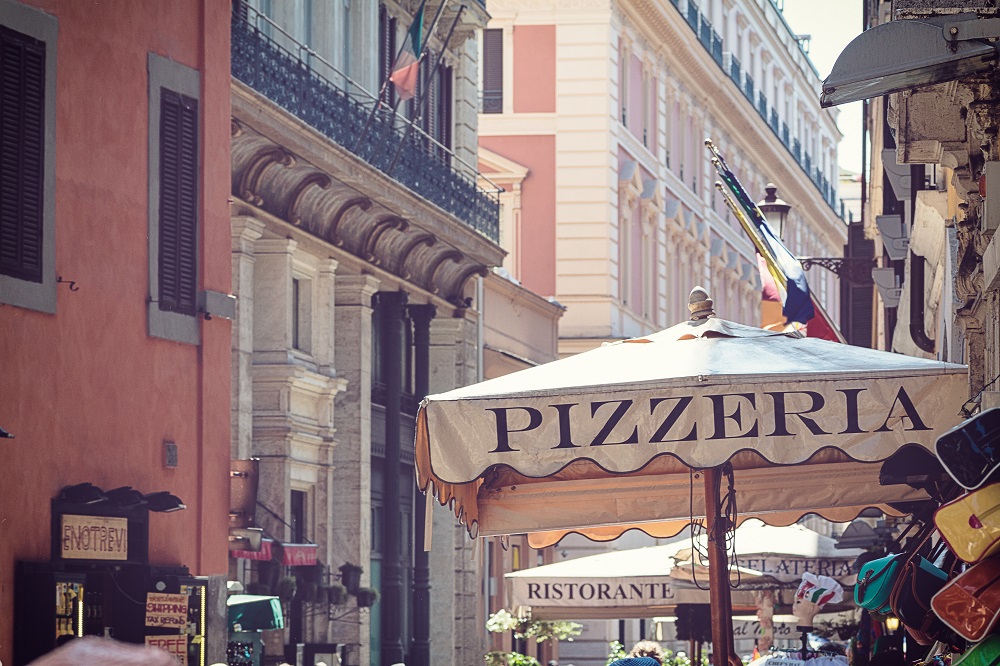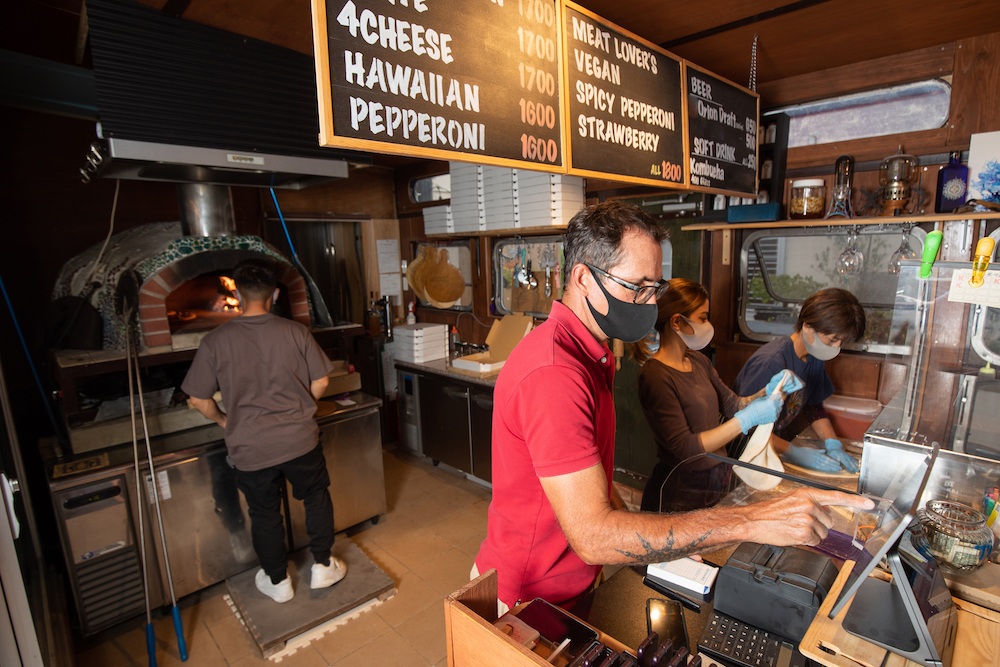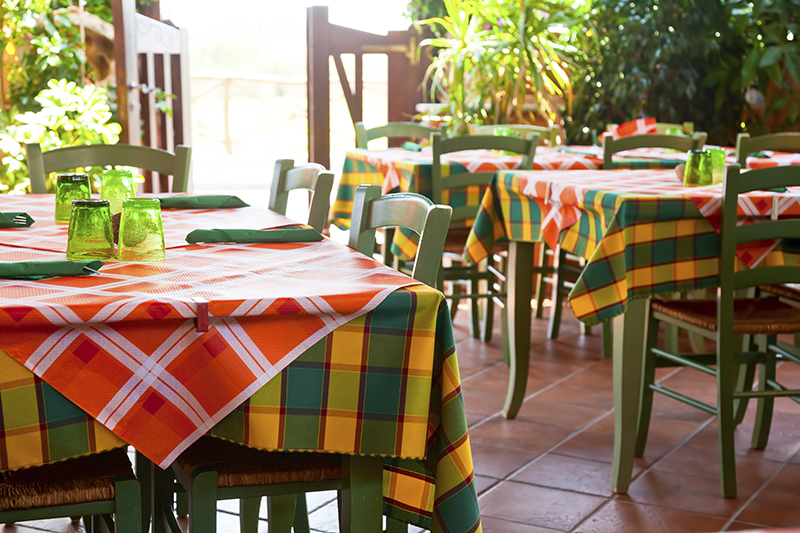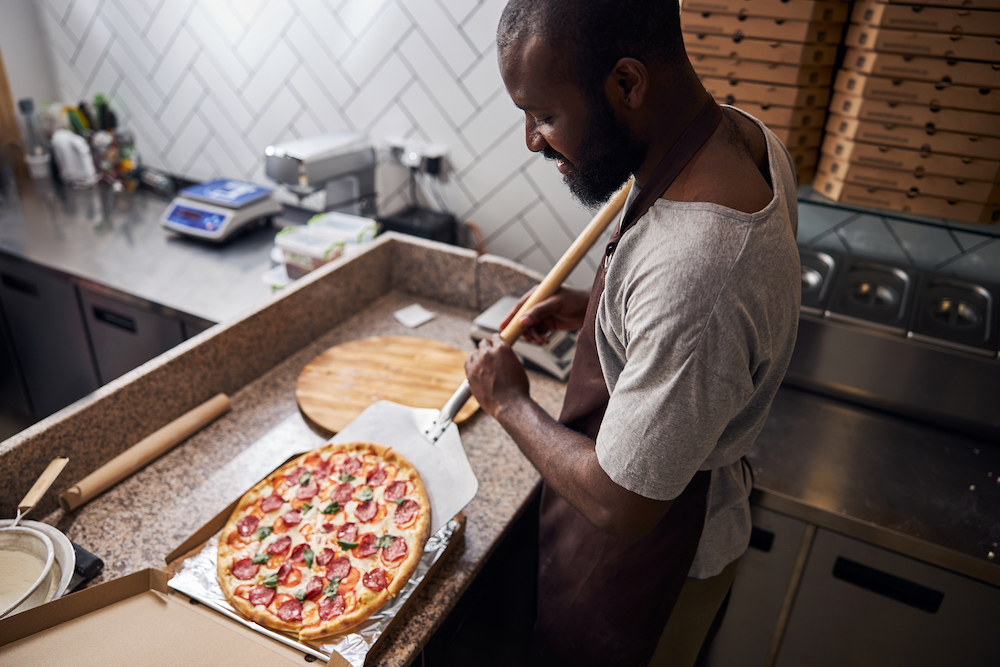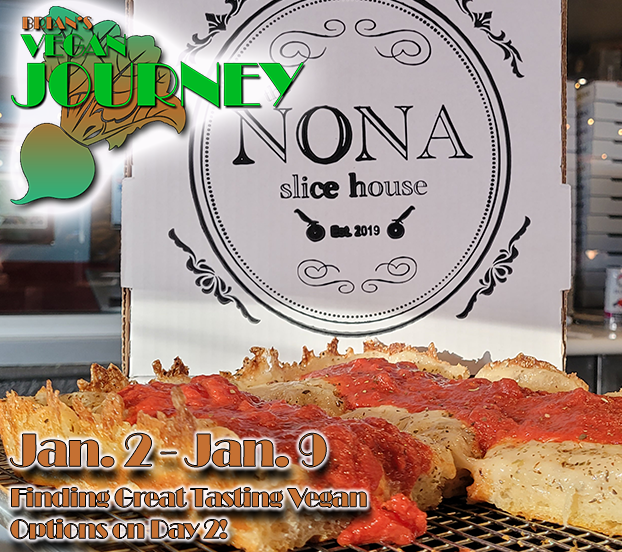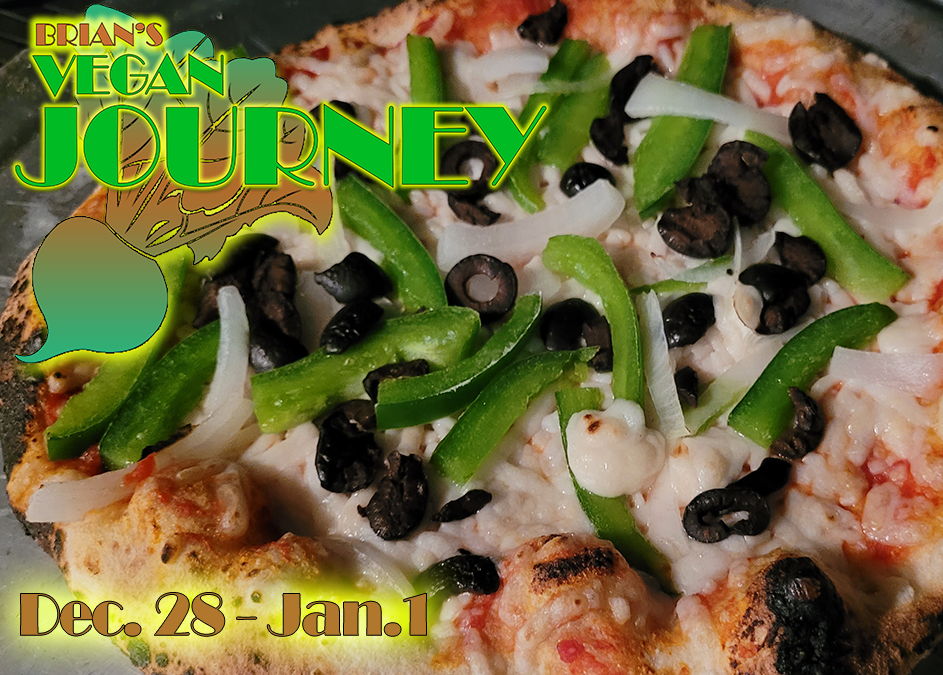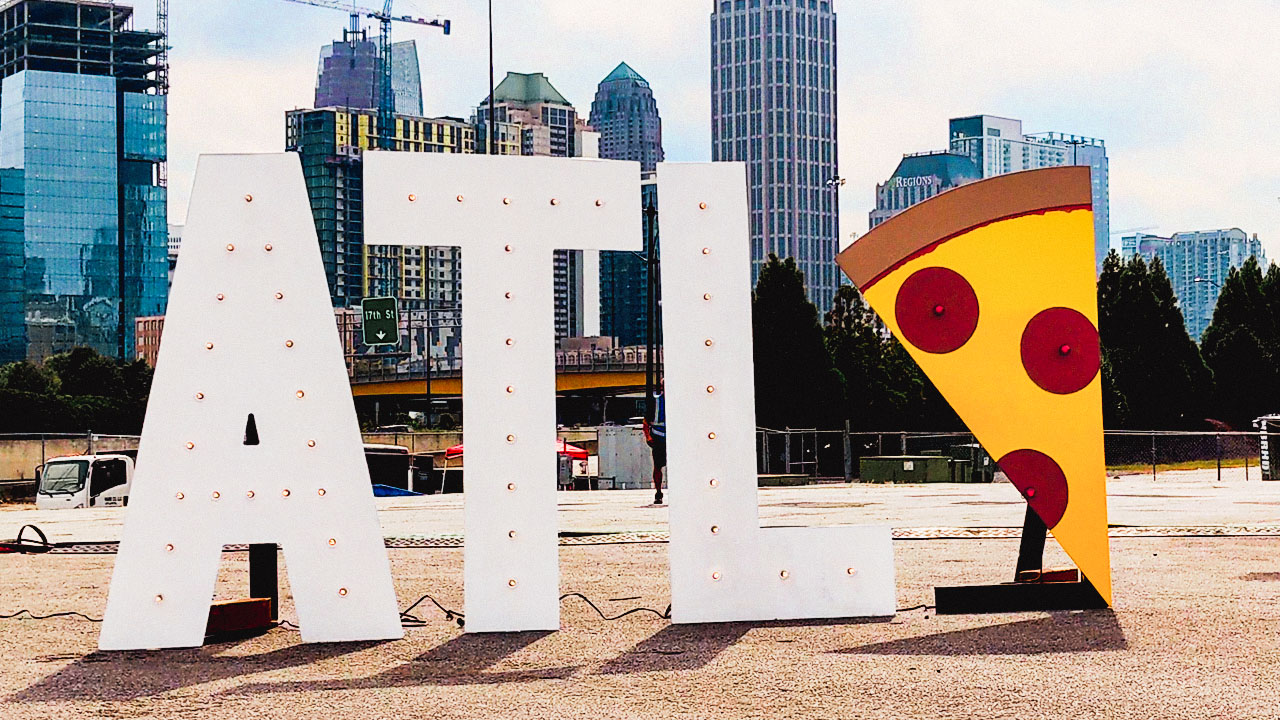A good location is important—sometimes even crucial—to a pizzeria’s success. In today’s increasingly competitive and value-oriented marketplace, offering great food and outstanding customer service are no longer enough. You also need to be an outstanding operator with a “home run” location. But finding the right location for your pizzeria requires a lot of research and fieldwork. Here are some tips to get you started:
Follow your head. Selecting the perfect pizzeria location is part art and part science—but it’s mostly science. You can’t afford to let gut feelings, emotions and urgency influence your site selection. Follow your head, not your heart, in making this all-important decision.
Seek professional advice. Don’t be shy about asking for help from the experts. Contact a commercial real estate agent, a site selection consultant or even a successful restaurant owner with expertise in choosing the perfect location. Just make sure you’re working with someone who has a track record of consistently picking home-run sites.
Research the area’s demographics. Obtaining detailed demographic information for the trade area surrounding your prospective site is very important. For convenience-oriented pickup and delivery, check out the demographics within a one- or two-mile radius or a three- to seven-minute drive time of the site. For a destination dine-in restaurant, look at the demographics for a one- to three-mile radius or a three- to 10-minute drive time. Take into account overall population in the area, key age groups, employment categories, household income, and education level.
Take the PASTA V Test. There are some key aspects to every site that must be considered. I call this the PASTA V test. Here’s what the acronym stands for:
- Parking. A lack of parking spaces or parking in an inconvenient location can be the kiss of death for your pizzeria. The more parking spaces within 100 to 200 feet of your front door, the better.
- Access. Every pizzeria needs to be easily accessible to its customers. If it’s difficult to get into your restaurant, many customers might not come back.
- Signage. You need to be able to feature your signage prominently so that it can be seen by passing traffic.
- Traffic. You need traffic passing by your door. When making site assessments, evaluate the posted speed limit, proximity to intersecting streets, proximity to traffic signals and any physical barriers, such as medians.
- Activity. What’s going on around your proposed site? Will there be a lot of foot traffic? Look for shopping centers, office buildings, post offices, motels/hotels, schools, libraries, churches, grocery stores, bookstores, drug stores, movie theaters, hospitals, amusement parks, banks, convenience stores, gas stations, and other nearby restaurants. Where there’s a lot of activity, there’s customer traffic and money to be made.
- Visibility. Your pizza shop needs to be clearly visible. The closer your building sits to the street, the easier it is for customers to see your signs and notice your storefront.
If you take a disciplined, scientific approach to choosing your pizzeria's location, you can take satisfaction in knowing you are well on your way to site-selection success!
This story was adapted from a more detailed piece by Frank Raeon of Location Decision Advisors, author of “The ABCs of Site Selection: How to Pick Winners and Losers,” that appeared in a previous issue of PMQ. For additional tips on site selection, check out the full-length article here.

